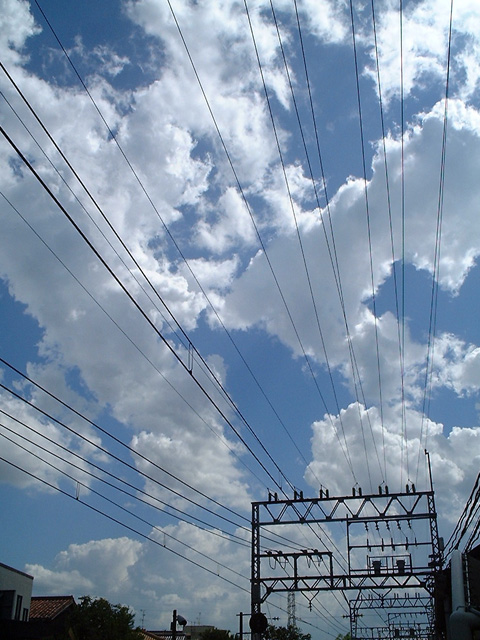Japan’s next edition of its Basic Energy Plan is not due until next year, but a glimpse into how the nation’s power mix is likely to change can be seen in a recent document submitted by OCCTO, the grid oversight entity.
According to OCCTO’s 2050 “masterplan”, the country needs to modernize its power system to allow large volumes of electricity from mostly renewable sources to move quickly from major production hubs to places of high demand. The document paints a vision in which the proliferation of solar (260 GW target) and wind (86 GW target) power generation is underpinned by investment in High Voltage Direct Current (HDVC) cables, including underwater, to set a more flexible and interconnected system.
In some ways, the masterplan is an attempt to put into practical detail the carbon neutral policy direction of Prime Minister Kishida’s government. It makes room for scenarios that include electricity generation fueled by hydrogen and ammonia, as well as carbon capture for thermal stations. The plan also assumes that nuclear power stays as part of the mix. However, while the plan’s three scenarios differ in terms of spending and other factors, each has the renewables capacity component absolutely fixed.
Unlike energy sources, pylons, power cables, and substations rarely attract much media attention. Yet these items will form the backbone of Japan’s power mix in coming decades. Should OCCTO’s multi-trillion-yen investment plan go ahead, it will plot the course of energy policies with more certainty than any political announcement.

